The Grotta dei Santi, also known as the Cave of the Saints, is a prehistoric site located in Italy. It is renowned for its Paleolithic cave paintings and engravings. These artworks provide a glimpse into the lives and spiritual beliefs of early humans. The cave is a significant archaeological site, offering insights into prehistoric art and human history.
Get your dose of History via Email
Historical Background of Grotta dei Santi
The Grotta dei Santi was discovered in the early 20th century. It quickly gained attention for its prehistoric cave paintings. The cave’s artwork dates back to the Paleolithic era. This period is known for the development of the earliest known human cultures. The creators of these artworks were early humans who lived thousands of years ago. They left behind a legacy etched in stone.
Archaeologists believe that the Grotta dei Santi served as a sacred space. It may have been used for rituals or as a communal gathering spot. The cave’s remote location suggests it was a special place, not a common habitation site. Over time, the cave was forgotten and reclaimed by nature until its rediscovery.
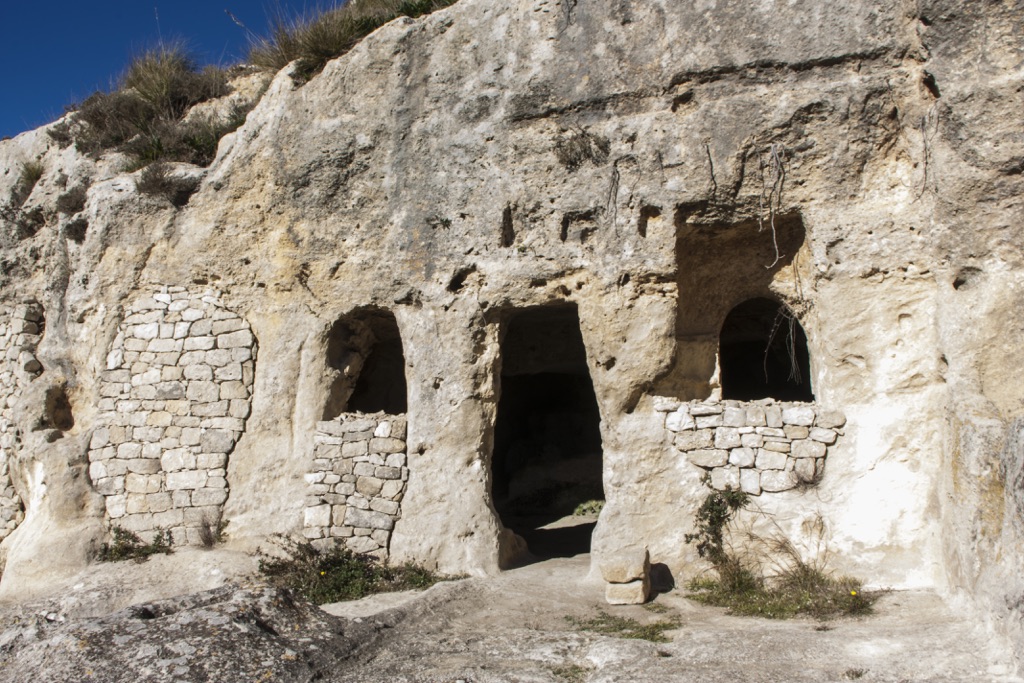
The discovery of the Grotta dei Santi was a significant archaeological milestone. It shed light on the spiritual life of prehistoric humans. The cave paintings include figures of animals and symbols. These images suggest a rich symbolic language and a connection to the natural world.
While the original inhabitants are long gone, the Grotta dei Santi has not been without visitors. Throughout history, the cave may have served various purposes. It could have been a refuge or a hideout. However, there is no concrete evidence of later habitation or use.
The Grotta dei Santi is not known to have been the scene of any historically important events. Its significance lies in its art and what it tells us about our ancestors. The cave remains a testament to the enduring human spirit and its need to express and understand the world.
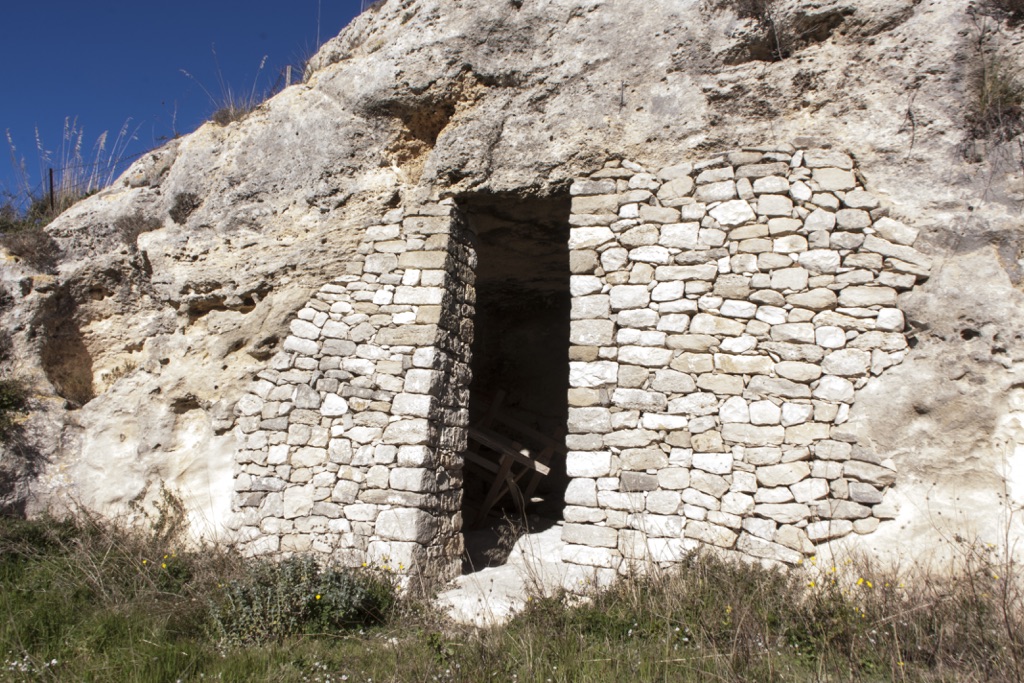
About Grotta dei Santi
The Grotta dei Santi is a natural limestone cave. It has been shaped by geological processes over millennia. The cave’s interior walls are adorned with paintings and engravings. These artworks are made with natural pigments and depict various figures.
The methods of construction for the artworks in the Grotta dei Santi were primitive yet effective. Early humans used materials available in their environment. They created pigments from minerals and charcoal. They applied these pigments with their fingers, sticks, or animal hair brushes.
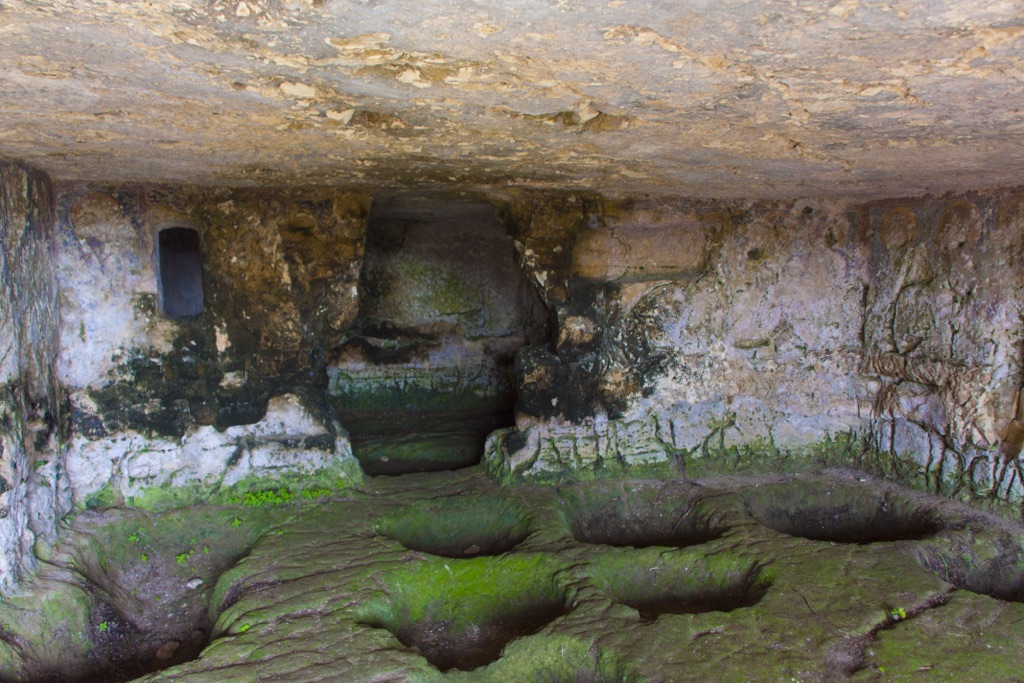
The architectural highlights of the Grotta dei Santi are its paintings and engravings. They show a high level of skill and understanding of the subjects. The images include representations of animals such as bison, horses, and possibly symbolic figures.
The cave’s structure has remained largely intact over the years. However, the artworks have faced threats from natural decay and human interference. Conservation efforts are crucial to preserve this heritage for future generations.
The Grotta dei Santi is a valuable cultural and historical asset. It offers a direct connection to our prehistoric past. The cave’s artworks are a window into the minds of the people who created them. They show a complex understanding of the world around them.
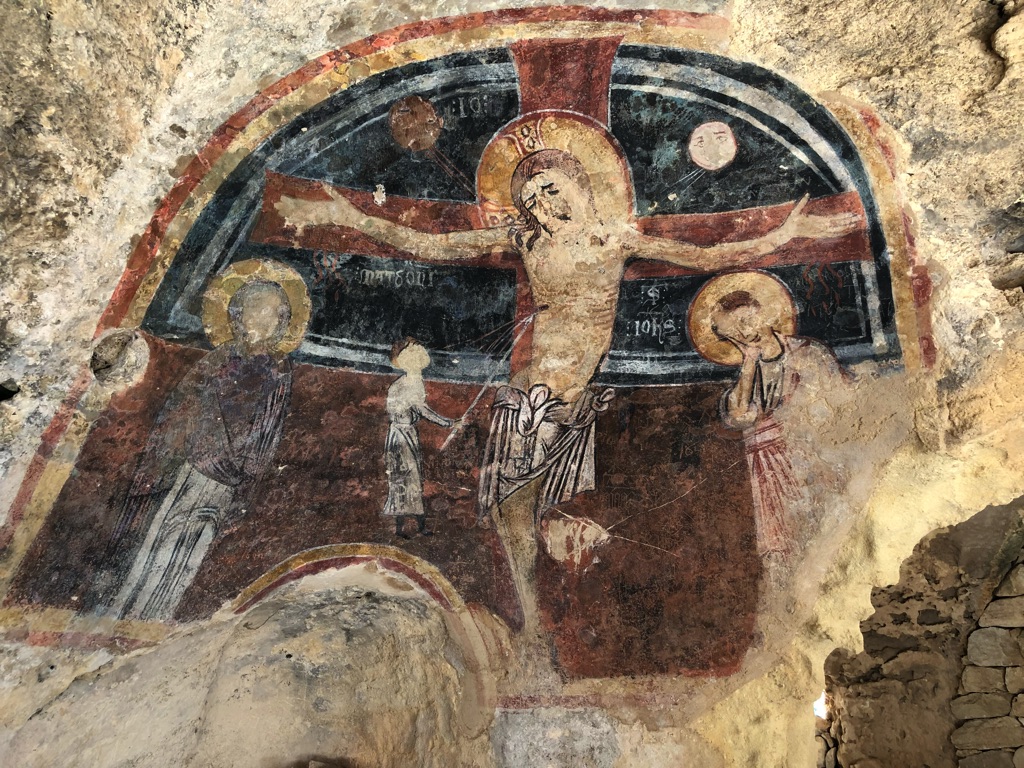
Theories and Interpretations
Several theories exist about the use of the Grotta dei Santi. Some suggest it was a sacred space for rituals. Others believe it was a place for teaching or storytelling. The true purpose remains a subject of debate among scholars.
The mysteries of the Grotta dei Santi are many. The meanings behind the symbols and figures are not fully understood. Researchers must interpret these images and match them to historical records. This process is complex and often speculative.
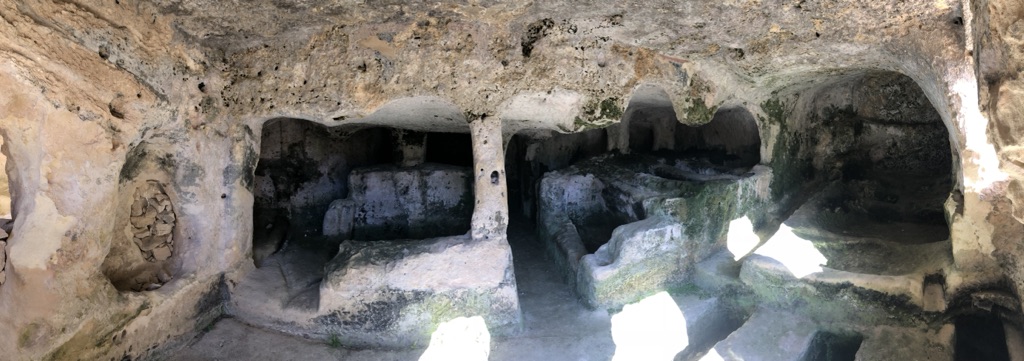
Some aspects of the cave’s art have been linked to astronomical events. This suggests a sophisticated knowledge of the cosmos. The people who created these artworks may have used the cave to mark seasons or track celestial bodies.
Dating the artworks in the Grotta dei Santi has been carried out using various methods. Radiocarbon dating is one such technique. It has helped establish a timeline for the creation of the paintings and engravings.
The interpretations of the Grotta dei Santi’s artworks continue to evolve. As new technologies and methodologies emerge, our understanding of this site may change. The cave remains an important piece in the puzzle of human history.
At a glance
Country: Italy
Civilization: Paleolithic humans
Age: Paleolithic era, exact dates unknown
